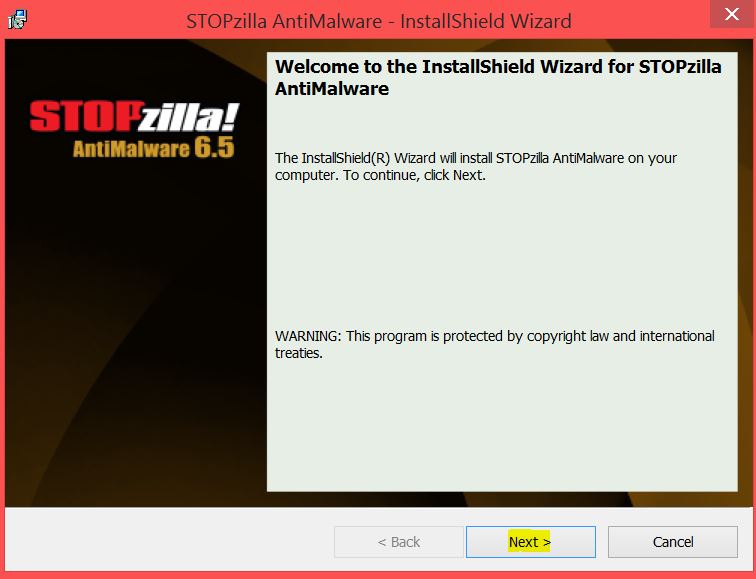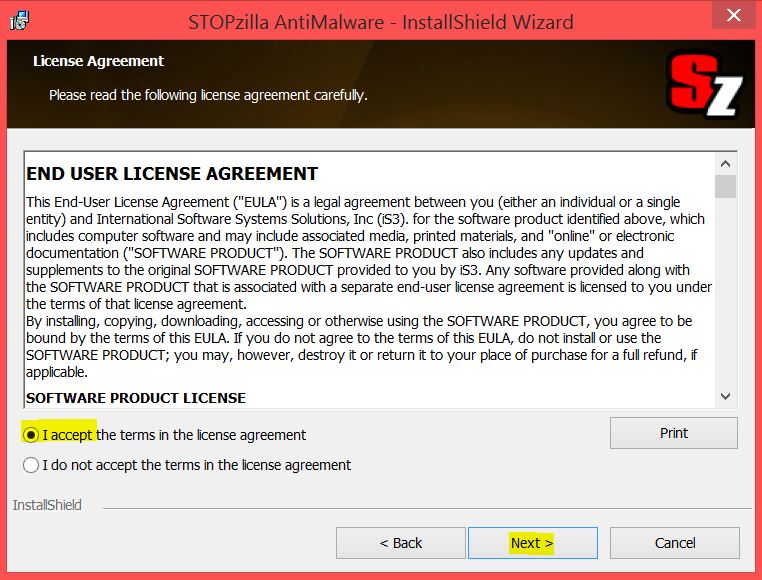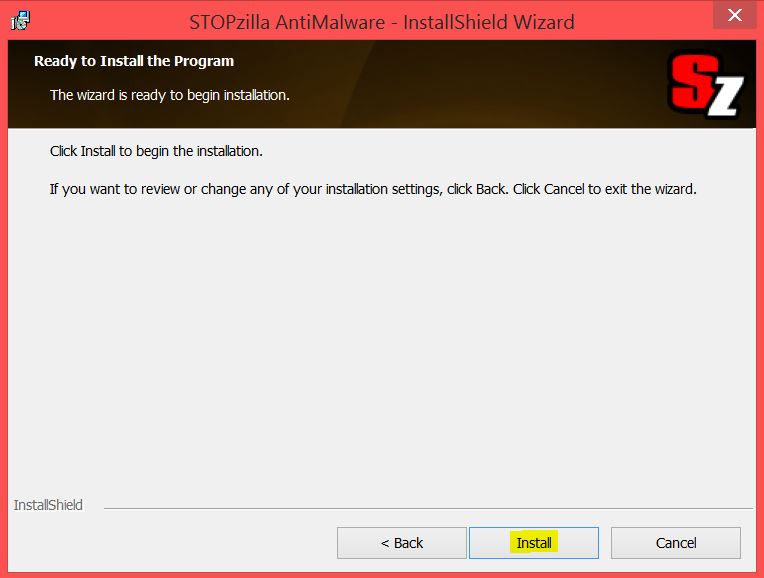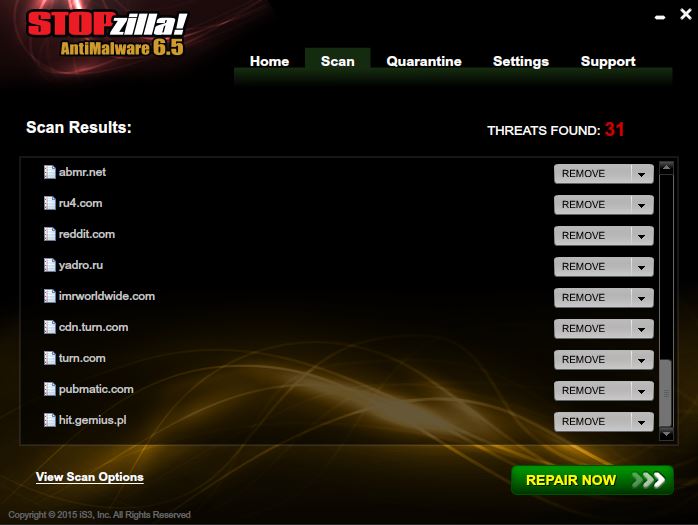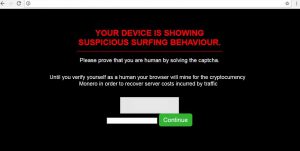 This article has been created in order to explain the idea behind the “Your Device is Showing Supsicious Surfing Behaviour” Scam and how to remove this pop-up from your web browser.
This article has been created in order to explain the idea behind the “Your Device is Showing Supsicious Surfing Behaviour” Scam and how to remove this pop-up from your web browser.
A new scam promoting a browser redirect web page, which accuses the user of “suspicious surfing behavior” has been reported by cyber-security researchers. The pop-up displays a screen which begins to mine for the cryptocurrency Monero as the victim sits and does absolutely nothing. The pop-up asks from victims to type a captcha in order to discontinue the mining operation, however many have reported this not to be advisable as a course of action. If you have started seeing pop-ups accusing you of suspicious browsing behavior, such as the one on the picture on the right, we recommend that you read the following article in order to learn how to stop seeing such pop-ups in the future.

Threat Summary
| Name | “Suspicious Surfing Behavior” |
| Type | PUA/Miner |
| Short Description | Aims to mine for various different cryptocurrencies as a result of a browser redirect, caused by unwanted advertisements or banners. |
| Symptoms | Random browser redirects caused by unwanted program residing on the victim’s computer. |
| Distribution Method | Via bundled installers, fake setups or via other PUP that has already been installed on your PC. |
| Detection Tool |
See If Your System Has Been Affected by malware
Download
Malware Removal Tool
|
User Experience | Join Our Forum to Discuss “Suspicious Surfing Behavior”. |

“Suspicious Surfing Behavior” – Distribution Methods
“Suspicious Surfing Behavior” pop-up may have found itself on your PC as a result of you visiting a website that may have the JavaScript code in it, causing browser redirects to such suspicious and malicious web links.
Another method by which this browser redirect may have situated itself onto your computer system is via a potentially unwanted program, whose primary purpose is to display such redirects as a result of a scheme that generates funds to it’s creators. Such unwanted software is usually spread when you download the setup of a free program which you may be looking for online, such as a free extension or a free media player, torrent downloader or other type of freewar. What happens is that most sites “advertise” ad-supported programs since this is one way to generate income. And some of those sites do not mind what types of programs they advertise as long as the publishers of freeware get paid.

“Suspicious Surfing Behavior More Information
As soon as it find itself on your computer system this program’s primary purpose is to inject JavaScript. This JavaScript aims to attack your CPU and GPU and use them in order to perform the so-called hashing operation, which is basically the mining procedure for the Monero cryptocurrency. Monero usually overloads the GPU (VideoCard) of the computers in which it is mined, since it’s most often used mining algorithm is called “Cryptonight” and it is used by many legitimate miners as well. What the first activity of this JavaScript is, is to connect your computer to various different types of CryptoCurrency mining pools – virtual places where the infected computers combine mining power in order to generate more of the Monero tokens which the miner hashes for.
The pop-up itself aims to get victims to write down captcha in order to stop it, however we’d advise against It as this may lead to more problems for your computer. Instead, since the Monero miner may lead to more trouble on your computer, we’d advise you to remove it as soon as possible, preferrably by following the instructions below.

Remove “Suspicious Surfing Behavior” Miner from Your Compter
Since this miner may also be associated with other types of unwanted software and malware which can also obtain your crucial information, like web passwords keystrokes you have typed and other info, we would advise that you follow the removal instructions down below to discontinue the software causing these pop-ups to appear. If the manual removal does not solve your issue, be advised that security experts often advise removing the malware automatically by scanning your computer with an advanced anti-malware software. Such will make sure that the “Suspicious Surfing Behavior” miner is fully gone from your PC and it stays protected against various forms of online threats and the newest malware at all times.
Delete “Suspicious Surfing Behavior” from Windows and Your Browser
Remove “Suspicious Surfing Behavior” automatically by downloading an advanced anti-malware program.
Preparation before removing “Suspicious Surfing Behavior”.
Before starting the actual removal process, we recommend that you do the following preparation steps.
- Make sure you have these instructions always open and in front of your eyes.
- Do a backup of all of your files, even if they could be damaged. You should back up your data with a cloud backup solution and insure your files against any type of loss, even from the most severe threats.
- Be patient as this could take a while.
- Scan for Malware
- Fix Registries
- Remove Virus Files
Step 1: Scan for “Suspicious Surfing Behavior” with SpyHunter Anti-Malware Tool



Step 2: Clean any registries, created by “Suspicious Surfing Behavior” on your computer.
The usually targeted registries of Windows machines are the following:
- HKEY_LOCAL_MACHINE\Software\Microsoft\Windows\CurrentVersion\Run
- HKEY_CURRENT_USER\Software\Microsoft\Windows\CurrentVersion\Run
- HKEY_LOCAL_MACHINE\Software\Microsoft\Windows\CurrentVersion\RunOnce
- HKEY_CURRENT_USER\Software\Microsoft\Windows\CurrentVersion\RunOnce
You can access them by opening the Windows registry editor and deleting any values, created by “Suspicious Surfing Behavior” there. This can happen by following the steps underneath:


 Tip: To find a virus-created value, you can right-click on it and click "Modify" to see which file it is set to run. If this is the virus file location, remove the value.
Tip: To find a virus-created value, you can right-click on it and click "Modify" to see which file it is set to run. If this is the virus file location, remove the value.Step 3: Find virus files created by “Suspicious Surfing Behavior” on your PC.
1.For Windows 8, 8.1 and 10.
For Newer Windows Operating Systems
1: On your keyboard press + R and write explorer.exe in the Run text box and then click on the Ok button.

2: Click on your PC from the quick access bar. This is usually an icon with a monitor and its name is either “My Computer”, “My PC” or “This PC” or whatever you have named it.

3: Navigate to the search box in the top-right of your PC's screen and type “fileextension:” and after which type the file extension. If you are looking for malicious executables, an example may be "fileextension:exe". After doing that, leave a space and type the file name you believe the malware has created. Here is how it may appear if your file has been found:

N.B. We recommend to wait for the green loading bar in the navigation box to fill up in case the PC is looking for the file and hasn't found it yet.
2.For Windows XP, Vista, and 7.
For Older Windows Operating Systems
In older Windows OS's the conventional approach should be the effective one:
1: Click on the Start Menu icon (usually on your bottom-left) and then choose the Search preference.

2: After the search window appears, choose More Advanced Options from the search assistant box. Another way is by clicking on All Files and Folders.

3: After that type the name of the file you are looking for and click on the Search button. This might take some time after which results will appear. If you have found the malicious file, you may copy or open its location by right-clicking on it.
Now you should be able to discover any file on Windows as long as it is on your hard drive and is not concealed via special software.
“Suspicious Surfing Behavior” FAQ
What Does “Suspicious Surfing Behavior” Trojan Do?
The “Suspicious Surfing Behavior” Trojan is a malicious computer program designed to disrupt, damage, or gain unauthorized access to a computer system. It can be used to steal sensitive data, gain control over a system, or launch other malicious activities.
Can Trojans Steal Passwords?
Yes, Trojans, like “Suspicious Surfing Behavior”, can steal passwords. These malicious programs are designed to gain access to a user's computer, spy on victims and steal sensitive information such as banking details and passwords.
Can “Suspicious Surfing Behavior” Trojan Hide Itself?
Yes, it can. A Trojan can use various techniques to mask itself, including rootkits, encryption, and obfuscation, to hide from security scanners and evade detection.
Can a Trojan be Removed by Factory Reset?
Yes, a Trojan can be removed by factory resetting your device. This is because it will restore the device to its original state, eliminating any malicious software that may have been installed. Bear in mind that there are more sophisticated Trojans that leave backdoors and reinfect even after a factory reset.
Can “Suspicious Surfing Behavior” Trojan Infect WiFi?
Yes, it is possible for a Trojan to infect WiFi networks. When a user connects to the infected network, the Trojan can spread to other connected devices and can access sensitive information on the network.
Can Trojans Be Deleted?
Yes, Trojans can be deleted. This is typically done by running a powerful anti-virus or anti-malware program that is designed to detect and remove malicious files. In some cases, manual deletion of the Trojan may also be necessary.
Can Trojans Steal Files?
Yes, Trojans can steal files if they are installed on a computer. This is done by allowing the malware author or user to gain access to the computer and then steal the files stored on it.
Which Anti-Malware Can Remove Trojans?
Anti-malware programs such as SpyHunter are capable of scanning for and removing Trojans from your computer. It is important to keep your anti-malware up to date and regularly scan your system for any malicious software.
Can Trojans Infect USB?
Yes, Trojans can infect USB devices. USB Trojans typically spread through malicious files downloaded from the internet or shared via email, allowing the hacker to gain access to a user's confidential data.
About the “Suspicious Surfing Behavior” Research
The content we publish on SensorsTechForum.com, this “Suspicious Surfing Behavior” how-to removal guide included, is the outcome of extensive research, hard work and our team’s devotion to help you remove the specific trojan problem.
How did we conduct the research on “Suspicious Surfing Behavior”?
Please note that our research is based on an independent investigation. We are in contact with independent security researchers, thanks to which we receive daily updates on the latest malware definitions, including the various types of trojans (backdoor, downloader, infostealer, ransom, etc.)
Furthermore, the research behind the “Suspicious Surfing Behavior” threat is backed with VirusTotal.
To better understand the threat posed by trojans, please refer to the following articles which provide knowledgeable details.



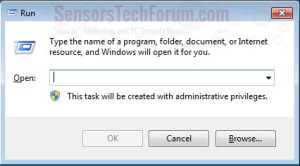
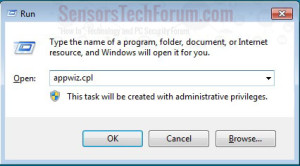
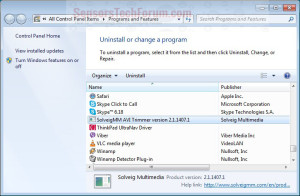


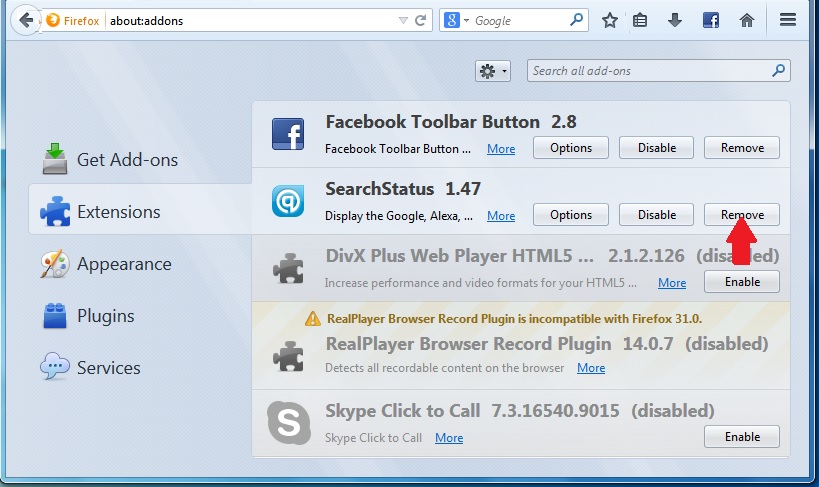

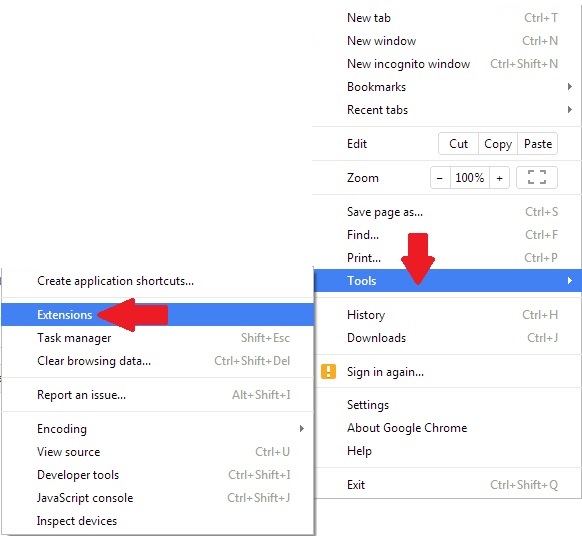
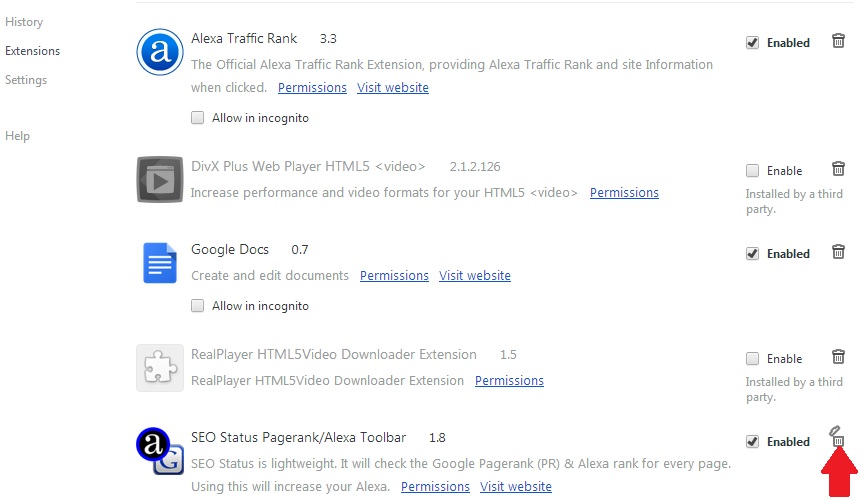
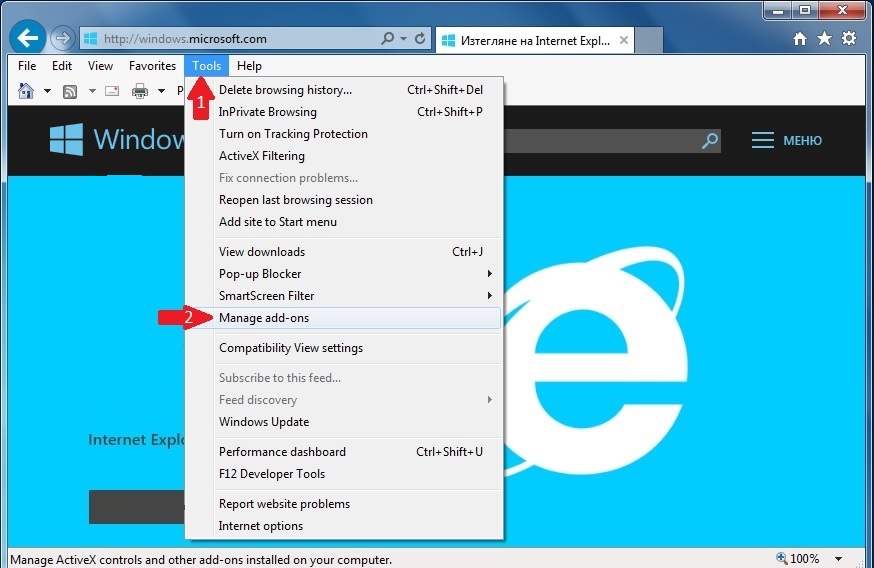


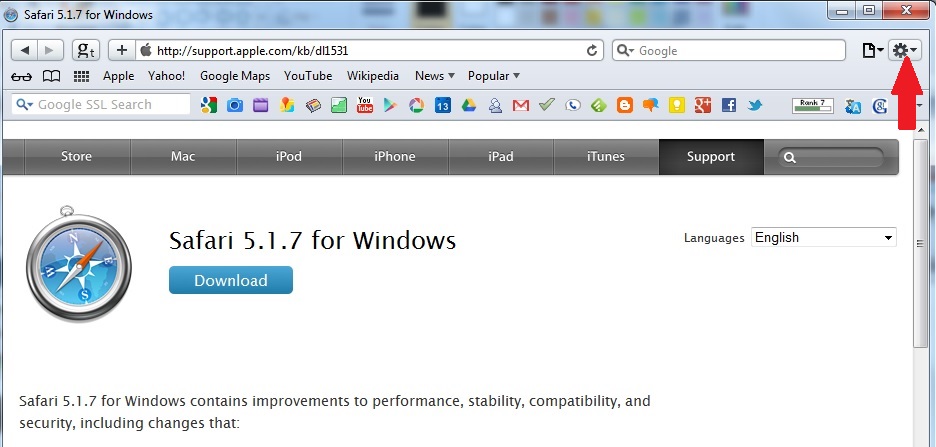
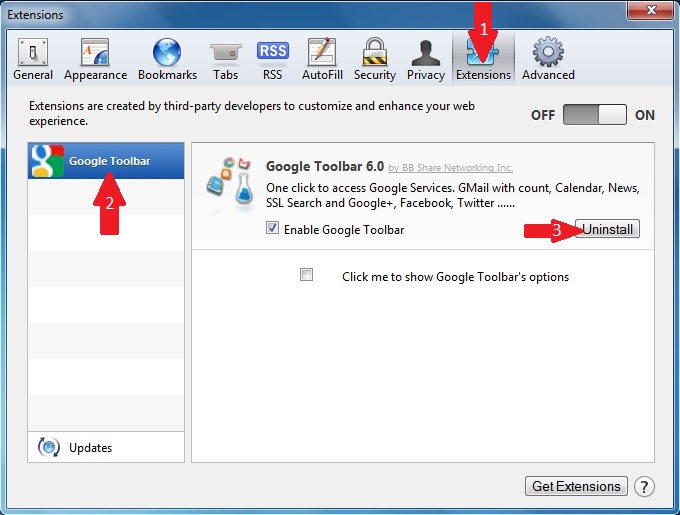
 1. Install SpyHunter to scan for and remove “Suspicious Surfing Behavior”.
1. Install SpyHunter to scan for and remove “Suspicious Surfing Behavior”.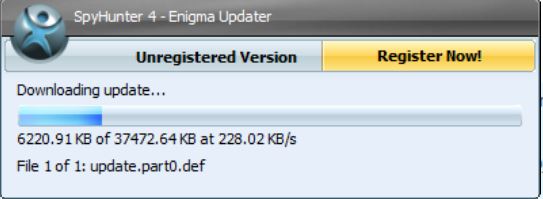

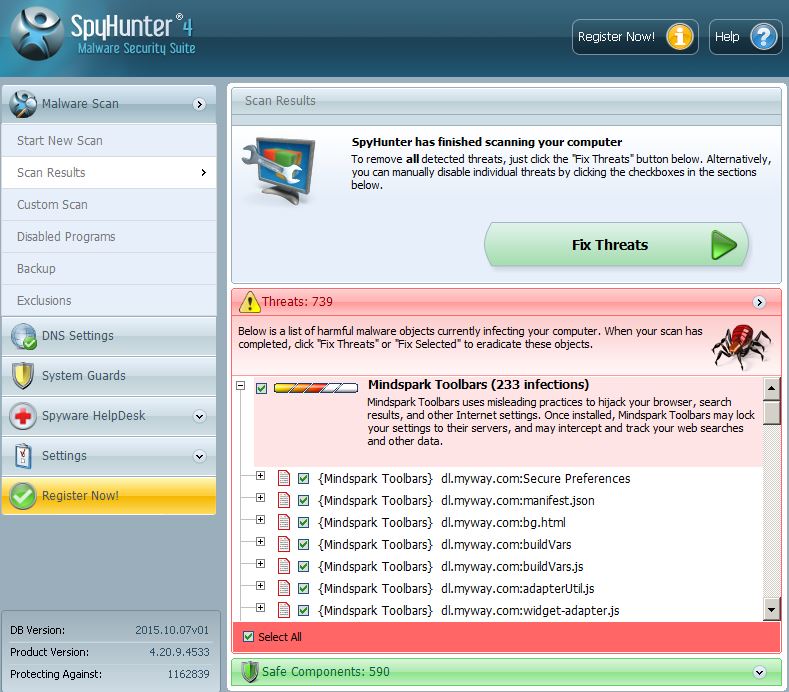
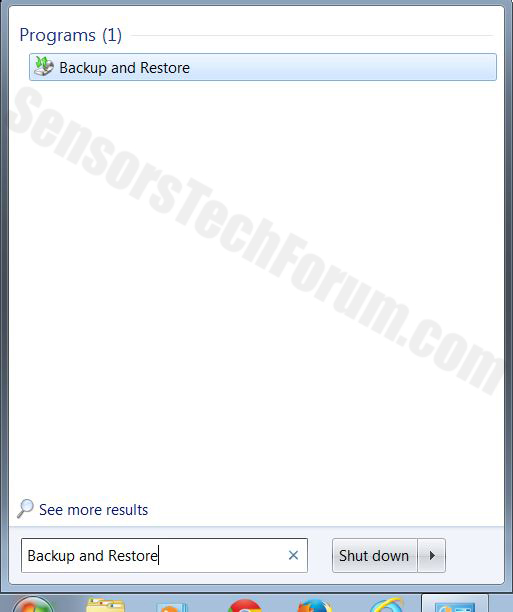
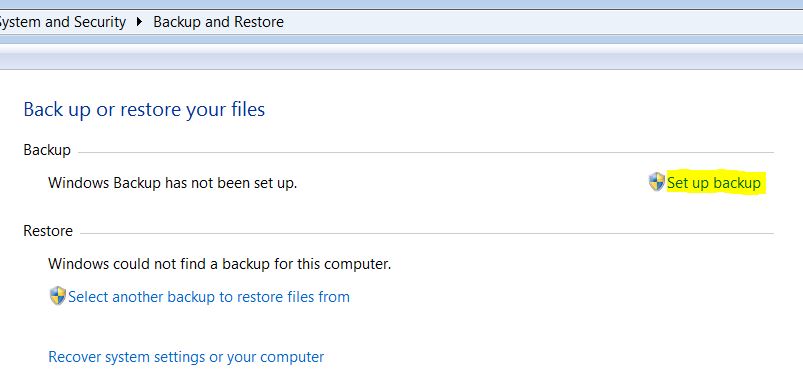
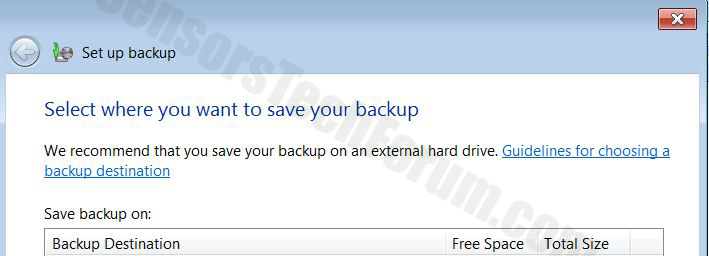
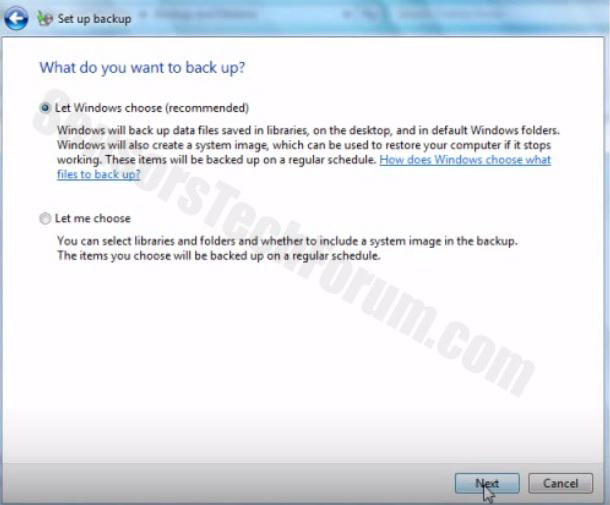
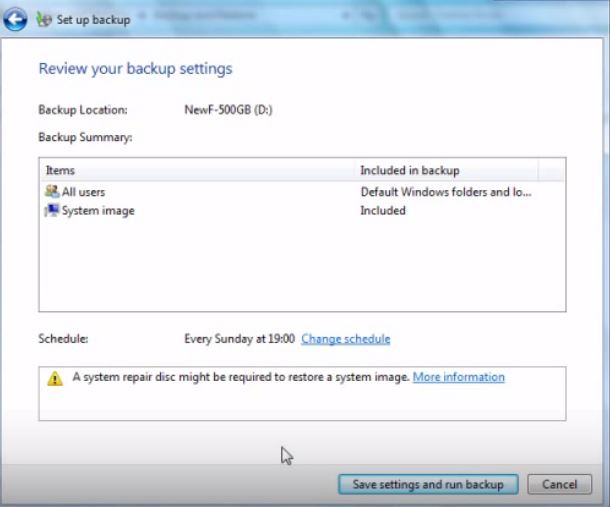

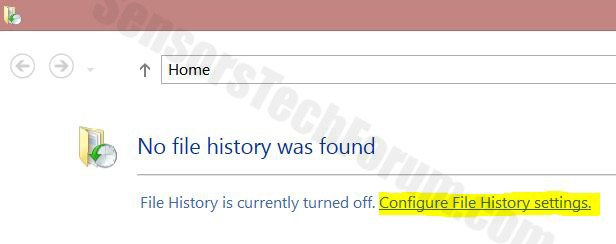
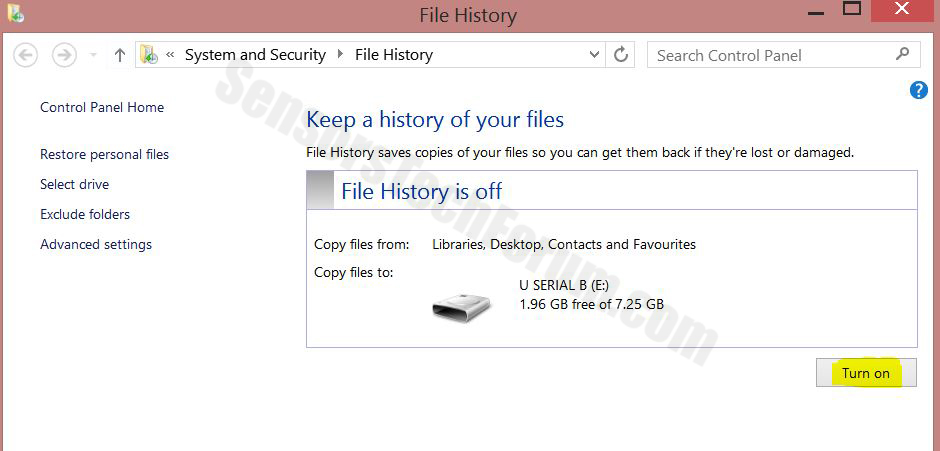



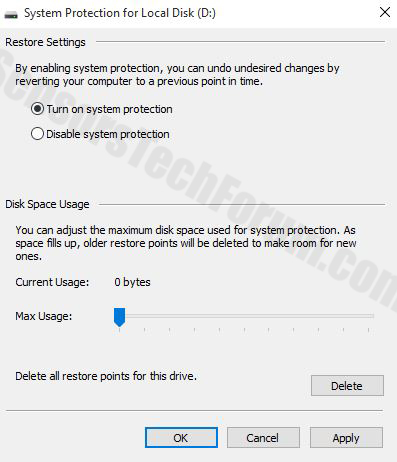
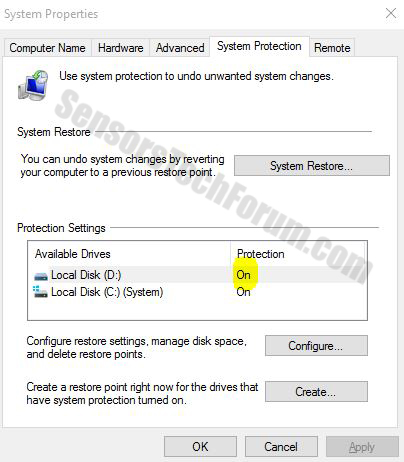
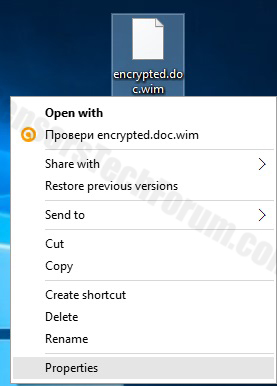
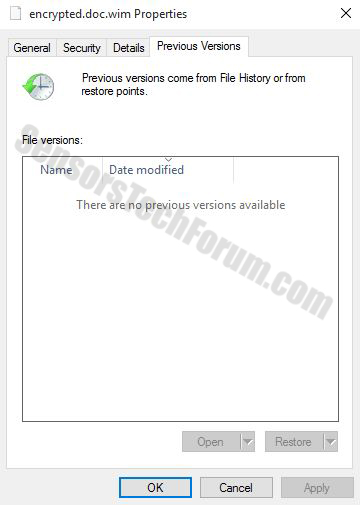
 STOPZilla Anti Malware
STOPZilla Anti Malware
